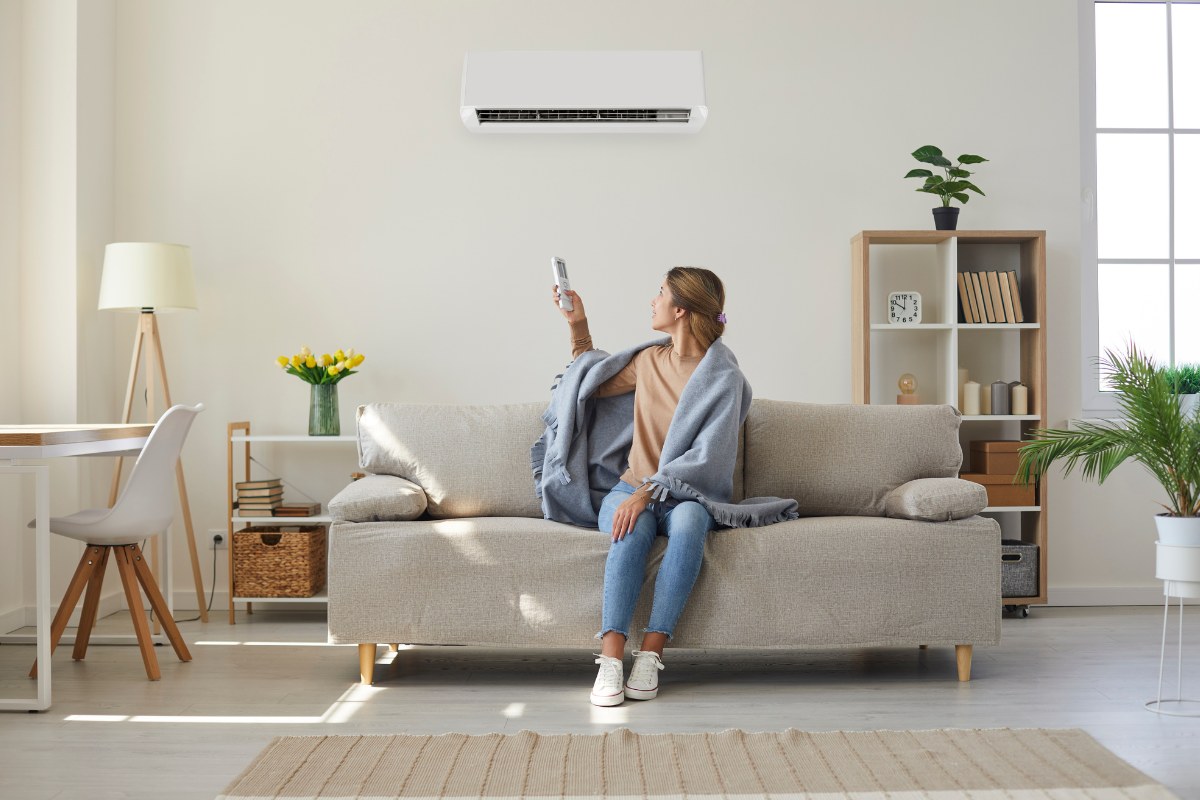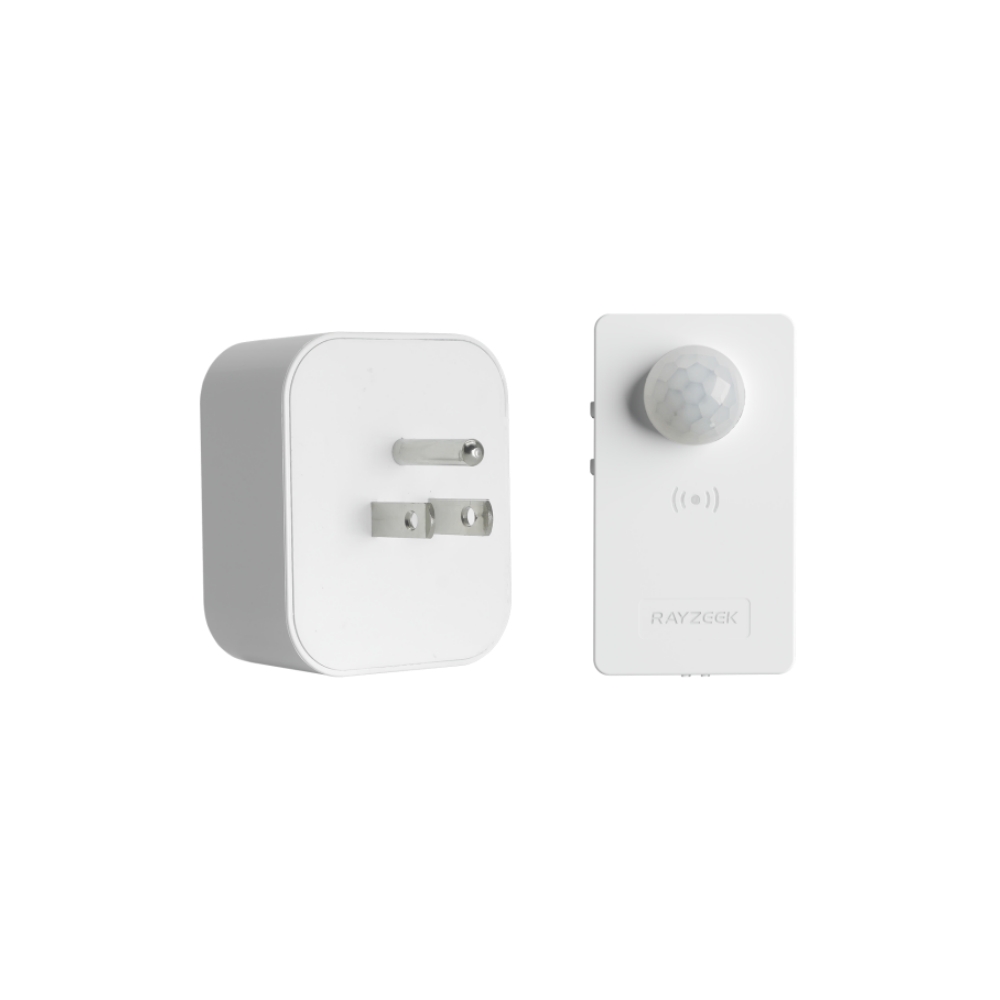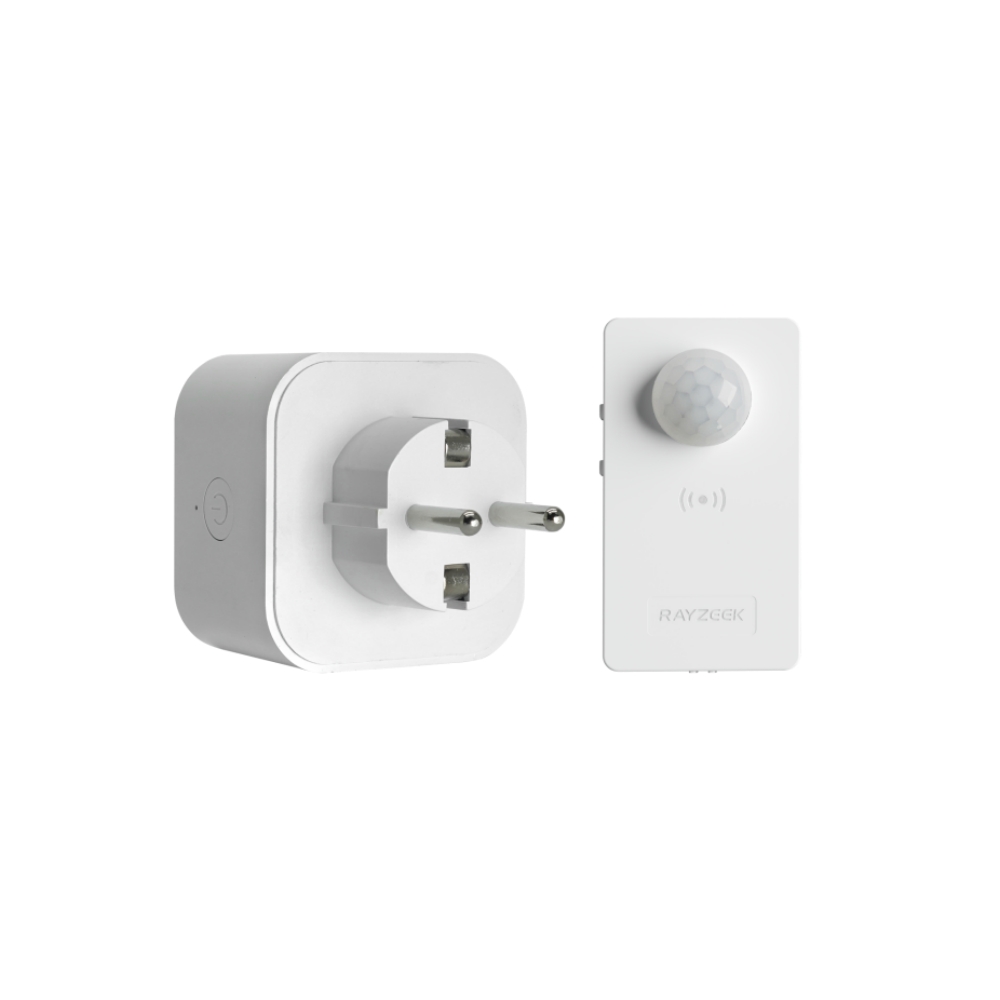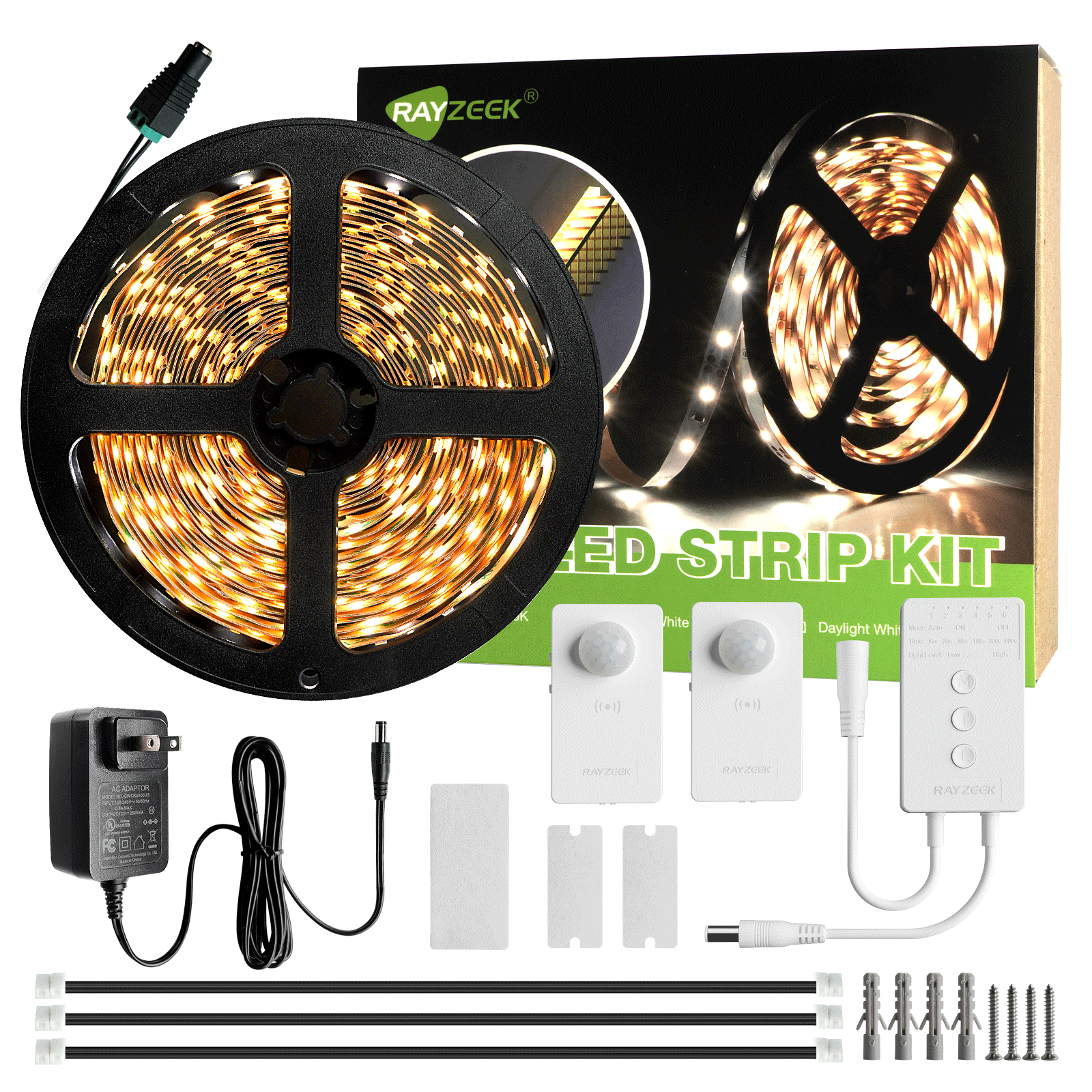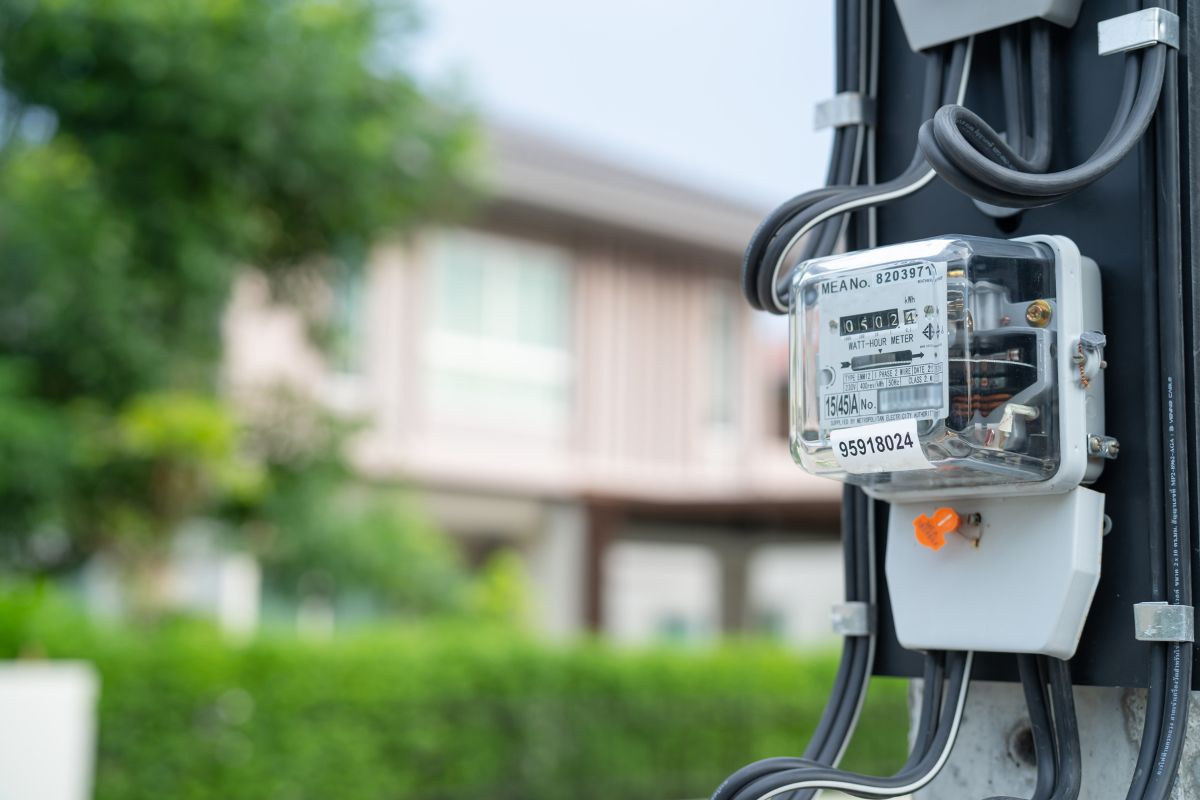האם מציאת האיזון הנכון בין נוחות ויעילות אנרגטית במיזוג אוויר אינה חיונית להפחתת חשבונות החשמל וההשפעה הסביבתית? מדריך זה בוחן הגדרות טמפרטורה אידיאליות למזגן, טכנולוגיות תרמוסטט מתקדמות, אסטרטגיות משלימות לחיסכון באנרגיה וחשיבות התחזוקה השוטפת. על ידי יישום גישות אלה, תוכלו להפחית באופן משמעותי את צריכת האנרגיה תוך שמירה על מרחב מחיה נוח.
הגדרות טמפרטורת מזגן מומלצות לחיסכון מרבי באנרגיה
הגדרת המזגן שלך ליעילות אנרגטית מיטבית כרוכה במציאת האיזון הנכון בין נוחות לשימור. הגדרות טמפרטורה אידיאליות יכולות לעשות הבדל אמיתי.
הגדרות אופטימליות לשעות היום
בהתבסס על מחקר מקיף, משרד האנרגיה האמריקני ממליץ על 78°F (25.5°C) כשאתם בבית וערים. טמפרטורה זו נחשבת לנקודה המתוקה ליעילות אנרגטית מבלי לפגוע באופן משמעותי בנוחות. עם זאת, זוהי הנחיה כללית, והעדפות אישיות עשויות להשתנות.
למה 78°F? טמפרטורה זו שומרת על סביבה פנימית נוחה תוך מזעור השימוש באנרגיה. בהגדרה זו, הפרש הטמפרטורה בין פנים לחוץ הוא בדרך כלל קטן מספיק כדי להפחית את העומס על יחידת המזגן שלך, אך עדיין מספק קירור ניכר.
הגדרות מחוץ לבית
כשאתם נעדרים לתקופות ממושכות, התאמת התרמוסטט שלכם יכולה להוביל לחיסכון ניכר באנרגיה. משרד האנרגיה מציע להעלות את הטמפרטורה ב-7-10 מעלות פרנהייט - עד 85°F (29.4°C) - כשאתם נעדרים. התאמה זו חוסכת אנרגיה משמעותית. הבית שלך לא יתחמם יתר על המידה.
האם לא יידרש יותר אנרגיה כדי לקרר את הבית שלי בחזרה כשאחזור? המזגן שלך יעבוד קשה יותר בהתחלה, אבל האנרגיה שנחסכה במהלך תקופת הכיבוי הממושכת בדרך כלל עולה על כך. לחיסכון גדול עוד יותר בזמן שאתם לא נמצאים, שקלו פתרון חכם כמו ה- חיישן תנועה למזגן Rayzeek RZ050. הוא לומד את אות הכיבוי של שלט המזגן שלכם ומכבה אוטומטית את היחידה שלכם כשהבית ריק, ומונע בזבוז אנרגיה במהלך היעדרותכם. תחזרו לטמפרטורה נוחה ללא רגשות האשם של חשבון חשמל מנופח.
המלצות ללילה
לשינה אופטימלית וחיסכון באנרגיה, טמפרטורת הלילה צריכה להיות בין 70-72°F, או 21-22°C. טמפרטורה קרירה מעט זו מתאימה לקצב היממה הטבעי של הגוף, ועשויה לשפר את איכות השינה תוך שמירה על יעילות אנרגטית.
ההשפעה של התאמות טמפרטורה
אפילו להתאמות טמפרטורה קטנות יכולה להיות השפעה משמעותית להפליא על צריכת האנרגיה. כל עלייה של מעלה אחת יכולה לגרום לחיסכון של 1-3% באנרגיה. העלאת התרמוסטט שלכם מ-72°F ל-78°F יכולה לחסוך עד 18% בעלויות הקירור.
אסטרטגיות להסתגלות להגדרות חסכוניות באנרגיה
בעוד שהמעבר להגדרות חסכוניות באנרגיה עשוי לדרוש הסתגלות מסוימת, היתרונות לטווח ארוך הם משמעותיים. אז, נסו גישה הדרגתית על ידי העלאת הגדרת הטמפרטורה הטיפוסית שלכם במעלה אחת בכל שבוע. זה מאפשר לגוף שלכם להסתגל עם הזמן. השתמשו במאווררים באופן אסטרטגי כדי ליצור אפקט צינון רוח, מה שגורם לחדר להרגיש קריר יותר ב-4°F. התאמת הבגדים והמצעים שלכם לאפשרויות קלות יותר ונושמות יותר יכולה גם לעזור. שמירה על לחות טובה מסייעת לגוף שלכם לווסת את הטמפרטורה שלו. לבסוף, נצלו את טמפרטורות הבוקר והערב הקרירות יותר על ידי פתיחת חלונות לאוורור טבעי. מעבר לאסטרטגיות אלה, אוטומציה של השימוש במזגן שלכם עם מכשיר כמו ה- Rayzeek RZ050 יכולה לשפר עוד יותר את החיסכון שלכם. חיישן תנועה זה מבטיח שהמזגן שלכם לא פועל בחדרים ריקים, וממקסם את מאמצי יעילות האנרגיה שלכם. השהיית הזמן המתכווננת וחיישן האור שלו מאפשרים שליטה מותאמת אישית, המבטיחים נוחות מבלי להתפשר על יעילות.
יישום הגדרות הטמפרטורה המומלצות ואסטרטגיות ההסתגלות הללו יכול להפחית באופן משמעותי את צריכת האנרגיה מבלי להקריב את הנוחות. המטרה היא למצוא את האיזון המתאים ביותר למשק הבית שלכם תוך מתן עדיפות ליעילות אנרגטית.
מינוף תרמוסטטים ניתנים לתכנות וחכמים ליעילות אנרגטית
תרמוסטטים ניתנים לתכנות וחכמים הם כלים רבי עוצמה ליעילות אנרגטית מיטבית. כיצד מכשירים אלה תורמים לחיסכון באנרגיה, ומה הופך אותם ליעילים כל כך?
מבוא לתרמוסטטים ניתנים לתכנות
תרמוסטטים ניתנים לתכנות הם שדרוג משמעותי מתרמוסטטים ידניים מסורתיים. הם מאפשרים לכם להגדיר לוחות זמנים ספציפיים של טמפרטורה בהתבסס על שגרת היומיום שלכם, מה שמבטיח פעולת מזגן יעילה ללא התאמות ידניות מתמידות.
לוחות זמנים מותאמים אישית של טמפרטורה
תכנתו טמפרטורות שונות לשעות שונות ביום ובשבוע. לדוגמה, הגדירו טמפרטורה גבוהה יותר בשעות העבודה וטמפרטורה קרירה יותר לפני שאתם חוזרים הביתה.
תקופות תכנות מרובות
רובם מציעים לפחות ארבע תקופות תכנות ביום, המאפשרות בקרת טמפרטורה מדויקת.
פונקציית ביטול
בטל בקלות הגדרות מתוכנתות מבלי לשבש את לוח הזמנים הכולל אם התוכניות משתנות.
דוחות צריכת אנרגיה
חלק מהדגמים מספקים דוחות צריכת אנרגיה, המסייעים לך לזהות דפוסים והזדמנויות חיסכון.
יכולות מתקדמות של תרמוסטטים חכמים
תרמוסטטים חכמים משפרים באופן דרמטי את יעילות האנרגיה עם טכנולוגיות מתקדמות וקישוריות. מכשירים אלה לומדים מההתנהגויות שלך, מאפשרים גישה מרחוק ויכולים להשתלב עם מערכות בית חכם אחרות.
קישוריות Wi-Fi
התחבר ל-Wi-Fi של הבית שלך כדי לשלוט במערכת HVAC שלך מכל מקום באמצעות אפליקציית סמארטפון או ממשק אינטרנט.
יכולות למידה
רבים לומדים את ההעדפות והשגרה שלך, ומתאימים אוטומטית את הטמפרטורות לנוחות ויעילות מיטביים.
זיהוי תפוסה
חלקם משתמשים בחיישנים או בגידור גיאוגרפי כדי לזהות מתי אתה בבית או לא, ומתאימים את הטמפרטורות בהתאם.
שילוב עם מערכות אקולוגיות של בית חכם
השתלב עם מכשירי בית חכם אחרים, כגון עוזרים קוליים או מערכות תאורה חכמות, לניהול אנרגיה ביתי מקיף.
תובנות לגבי צריכת אנרגיה
ניתוחים מתקדמים מספקים תובנות מפורטות לגבי צריכת אנרגיה, לעתים קרובות עם הצעות לשיפור.
הגדרת לוחות זמנים לחיסכון באנרגיה
יצירת לוחות זמנים מותאמים אישית היא תכונה רבת עוצמה של תרמוסטטים ניתנים לתכנות וחכמים כאחד. הנה מדריך כללי:
לוח זמנים לשבוע:
- זמן התעוררות: 78°F כ-30 דקות לפני שאתה מתעורר.
- שעות עבודה: הגדל ל-85°F אם הבית ריק.
- ערב: חזור ל-78°F כ-30 דקות לפני שאתה מגיע הביתה.
- שינה: 70-72°F כשעה לפני השינה.
לוח זמנים לסוף השבוע:
התאם כך שיתאים לשגרת סוף השבוע שלך.
עכשיו, אלה רק הנחיות כלליות. התאם את לוח הזמנים כך שיתאים לשגרה ולהעדפות שלך.
תכונות גישה ושליטה מרחוק
שליטה מרחוק בתרמוסטט היא מחליף משחק ליעילות אנרגטית. עם תרמוסטטים חכמים:
- התאם הגדרות תוך כדי תנועה. התוכניות משתנות. תרמוסטטים חכמים מסתגלים.
- עקוב אחר הטמפרטורה וצריכת האנרגיה של הבית שלך מכל מקום.
- קבל התראות על שינויי טמפרטורה חריגים או בעיות במערכת.
- השתמש בגידור גיאוגרפי כדי להתאים אוטומטית את הטמפרטורות בהתבסס על המיקום שלך.
יכולות למידה ואוטומציה
אולי התכונה המרשימה ביותר של תרמוסטטים חכמים היא היכולת שלהם ללמוד ולהסתגל. עם הזמן, מכשירים אלה יכולים:
- למד את העדפות הטמפרטורה שלך.
- הבן את דפוסי החימום והקירור של הבית שלך.
- קח בחשבון את מזג האוויר המקומי כדי לייעל את ההגדרות.
- ספק הצעות לחיסכון באנרגיה.
חיסכון פוטנציאלי באנרגיה
למרות שהחיסכון המדויק משתנה בהתאם לשימוש אישי ועלויות אנרגיה מקומיות, גם תרמוסטטים ניתנים לתכנות וגם תרמוסטטים חכמים יכולים להפחית משמעותית את צריכת האנרגיה. הסוכנות להגנת הסביבה מעריכה שתרמוסטט ניתן לתכנות יכול לחסוך כ-$180 בשנה בעלויות אנרגיה.
תרמוסטטים חכמים עשויים להציע חיסכון גדול עוד יותר. חלק מהיצרנים טוענים לחיסכון של עד 10-15% בעלויות חימום וקירור. חיסכון זה תלוי בגורמים שונים, כולל הגדרות והרגלים קודמים של התרמוסטט שלך, אקלים מקומי, יעילות מערכת ה-HVAC שלך, גודל ובידוד הבית שלך והנכונות שלך להסתגל להגדרות טמפרטורה מומלצות.
אסטרטגיות משלימות למקסום החיסכון באנרגיה של מזגן
אופטימיזציה של הגדרות התרמוסטט שלך חיונית ליעילות אנרגטית, אך אסטרטגיות משלימות רבות יכולות לשפר עוד יותר את ביצועי המזגן שלך ולהפחית את צריכת האנרגיה. בואו נחקור את השיטות האלה.
אולי אתה מעוניין
שיפור יעילות הקירור באמצעות מאווררים
מאווררים הם בעלי ברית חזקים במסע שלך ליעילות אנרגטית. כיצד הם תורמים לקירור, ומהי הדרך הטובה ביותר להשתמש בהם?
מאווררי תקרה
מאווררי תקרה יוצרים אפקט צינון רוח, מה שגורם לחדר להרגיש קריר יותר בעד 4°F. בקיץ, ודא שמאווררי התקרה שלך מסתובבים נגד כיוון השעון כדי לדחוף אוויר כלפי מטה.
מאווררים ניידים
מאווררים ניידים הממוקמים באופן אסטרטגי מפיצים אוויר קריר ברחבי הבית שלך. שקול למקם מאוורר מול חלון כדי למשוך אוויר קריר יותר במהלך הערב או הבוקר המוקדם.
מאווררי בית שלם
מאווררים חזקים אלה, המותקנים בדרך כלל בעליית הגג, מושכים במהירות אוויר קריר דרך חלונות פתוחים ופולטים אוויר חם דרך עליית הגג. הם יעילים במיוחד במהלך ערבים קרירים יותר.
מאווררים מקררים אנשים, לא את האוויר עצמו. כבה אותם כשאתה עוזב חדר.
ניהול אור שמש ועליית חום
אור השמש משפיע באופן משמעותי על הטמפרטורה של הבית שלך. איך אתה יכול לנהל את אור השמש לטובתך?
וילונות
השתמש בתריסים, וילונות או צלונים כדי לחסום את אור השמש במהלך החלקים החמים ביותר של היום. גבונים בהירים על וילונות יכולים להחזיר חום החוצה.
סרטי חלון מחזירי אור
סרטים אלה יכולים לחסום עד 70% של עליית חום סולארי תוך שהם עדיין מאפשרים כניסת אור טבעי.
הצללה חיצונית
סוככים, מסכי שמש או אפילו עצים נטועים באופן אסטרטגי יכולים לספק צל ולהפחית את עליית החום.
זכוכית חכמה
שקול זכוכית חכמה או חלונות אלקטרוכרומיים המשנים אוטומטית את הגוון שלהם בהתאם לעוצמת אור השמש.
מינוף אוורור טבעי
למרות שזה עשוי להיראות לא אינטואיטיבי, פתיחת חלונות באופן אסטרטגי יכולה אכן לשפר את יעילות האנרגיה.
אוורור צולב
פתחו חלונות בצדדים מנוגדים של הבית שלכם כדי ליצור זרימת אוויר טבעית. זה עובד הכי טוב בתקופות קרירות יותר.
אפקט המערם
בבתים מרובי קומות, פתחו חלונות בקומות הנמוכות והגבוהות ביותר כדי ליצור אפקט ארובה, לשאוב אוויר קריר ולהוציא אוויר חם.
שטיפה לילית
פתחו חלונות בלילה כשהוא קריר יותר, ואז סגרו אותם והורידו תריסים בבוקר כדי ללכוד את האוויר הקריר.
מזעור ייצור חום פנימי
פעילויות יומיומיות רבות מייצרות חום בתוך הבית שלך, מה שמקשה על המזגן שלך לעבוד. איך אתה יכול להפחית את זה?
שימוש במכשירים
השתמש במכשירים המייצרים חום כמו תנורים, מייבשים ומדיחי כלים בחלקים קרירים יותר של היום, רצוי בערב.
תאורה חסכונית באנרגיה
עבור לנורות LED, שמייצרות פחות חום.
ניהול אלקטרוניקה
כבה ונתק את האלקטרוניקה מהחשמל כשאינך בשימוש, מכיוון שהם מייצרים חום גם במצב המתנה.
חלופות בישול
השתמש בגרילים חיצוניים או בתנורי מיקרוגל במידת האפשר.
שיפור בידוד ואיטום הבית
בית מבודד ואטום היטב יכול להפחית באופן ניכר את העומס על המזגן שלך. על אילו אזורים כדאי להתמקד?
בידוד עליית גג
ודא שהעליית הגג שלך מבודדת כראוי כדי למנוע מחום להקרין כלפי מטה.
בידוד קיר
אם אפשר, הוסף בידוד לקירות שלך, במיוחד בבתים ישנים יותר.
איטום אוויר
אטום דליפות אוויר סביב חלונות, דלתות ונקודות כניסה לשירותים. אפילו דליפות קטנות יכולות להשפיע באופן משמעותי על היעילות.
איטום תעלות
ודא שתעלות ה-HVAC שלך אטומות כראוי כדי למנוע בריחת אוויר מקורר.
שיפור בקרת הלחות
לחות משחקת תפקיד מכריע באופן שבו אנו תופסים טמפרטורה. איך אתה יכול לנהל את רמות הלחות?
מסיר לחות
באקלים לח, מסיר לחות המשמש עם המזגן שלך יכול לאפשר לך להגדיר את התרמוסטט שלך כמה מעלות גבוה יותר תוך שמירה על נוחות.
אוורור חדרי אמבטיה ומטבחים
השתמש במאווררי פליטה באזורים בעלי לחות גבוהה אלה.
צמחי בית
צמחים יכולים להוסיף לחות, אבל הם גם סופגים חום. מקם אותם באופן אסטרטגי.
יישום אסטרטגיות גינון
הסביבה של הבית שלך יכולה להשפיע באופן משמעותי על הטמפרטורה שלו. איך אתה יכול להשתמש בגינון לטובתך?
עצי צל
שתלו עצים נשירים בצדדים הדרומיים והמערביים של הבית שלכם לצל בקיץ.
גגות ירוקים או קירוי מחזיר אור
אלה יכולים להפחית באופן משמעותי את ספיגת החום דרך הגג שלך.
שובר רוח
עצים או שיחים נטועים באופן אסטרטגי יכולים ליצור שוברי רוח.
כיסוי קרקע
החלף ריצוף סופג חום ליד הבית שלך בצמחי כיסוי קרקע או חצץ בהיר.
תחזוקת מערכת המזגן שלך ליעילות אנרגטית מיטבית
כמובן, תחזוקה שוטפת היא חיונית ליעילות שיא של המזגן. מה כוללת תחזוקה נכונה, וכיצד היא תורמת לחיסכון באנרגיה?
תחזוקה שוטפת של מסנן אוויר
מסנני אוויר חיוניים ליעילות המזגן שלך. באיזו תדירות עליך להחליף אותם, ומדוע זה כל כך חשוב?
קבל השראה מתיקי חיישני התנועה של Rayzeek.
לא מוצא את מה שאתה רוצה? אל תדאג. תמיד יש דרכים חלופיות לפתור את הבעיות שלך. אולי אחד מתיק העבודות שלנו יכול לעזור.
תדירות
בדוק את מסנן האוויר שלך מדי חודש והחלף אותו כל 1-3 חודשים, או לעתים קרובות יותר במידת הצורך.
השפעה על היעילות
מסננים נקיים פירושם זרימת אוויר טובה יותר. פחות מאמץ על המזגן שלך. חיסכון באנרגיה של 5-15%.
תחזוקת עשה זאת בעצמך
החלפת מסנני אוויר היא משימת עשה זאת בעצמך פשוטה. ודא שאתה משתמש בגודל ובסוג הנכונים.
תחזוקה שנתית מקצועית
בעוד שמשימות תחזוקה רבות הן עשה זאת בעצמך, בדיקה שנתית מקצועית היא חיונית. מה זה בדרך כלל כולל?
בדיקה מקיפה
טכנאי יבדוק את כל רכיבי המערכת.
בדיקת קירור
רמות תקינות של חומר קירור חיוניות ליעילות. רמות נמוכות יכולות להגדיל את צריכת האנרגיה ב-20% או יותר.
כיול
הטכנאי יבטיח כיול מדויק של התרמוסטט.
ניקוי
ניקוי מקצועי יכול לשפר משמעותית את היעילות.
הבטחת זרימת אוויר תקינה
זרימת אוויר נאותה חיונית לביצועי המזגן שלך. איך תוכל לשמור עליה?
פינוי חסימות
ודא שפתחי אוורור ורשמים אינם חסומים.
פינוי יחידה חיצונית
שמור על האזור סביב היחידה החיצונית שלך פנוי.
בדיקת תעלות
בדוק את התעלות שלך לאיתור חסימות או דליפות.
ניקוי רכיבים קריטיים
רכיבי מזגן מסוימים דורשים ניקוי קבוע. על מה כדאי להתמקד?
סלילי מאייד ומעבה
יש לנקות אותם מדי שנה. סלילים מלוכלכים יכולים להפחית את היעילות בעד 30%.
ניקוז קונדנסט
נקה את ניקוז הקונדנסט מדי שנה או לפי הצורך.
להבי מאוורר
ניקוי להבי המאוורר מבטיח סירקולציה נאותה של אוויר.
ניהול רמת חומר הקירור
רמות תקינות של חומר קירור חיוניות ליעילות המזגן שלך. מה כדאי לדעת?
בדיקה מקצועית
רק טכנאים מוסמכים צריכים לטפל בחומר קירור.
סימנים לרמת חומר קירור נמוכה
אם המזגן שלך פועל כל הזמן אך אינו מקרר ביעילות, או אם אתה מבחין בקרח על קווי חומר הקירור, ייתכן שיש לך דליפה.
שיקולים סביבתיים
ניהול נכון של חומר קירור חשוב מבחינה סביבתית.
בדיקה ואיטום של תעלות
תעלות האוויר שלך יכולות להיות מקור משמעותי לאובדן אנרגיה. איך תוכל לטפל בזה?
בדיקה מקצועית
בדוק את הצינורות שלך.
איטום
צינורות אטומים כראוי יכולים לשפר את היעילות ב-20% או יותר.
בידוד
בידוד צינורות בחללים לא ממוזגים יכול לשפר עוד יותר את היעילות.
שקול שדרוגי מערכת
אם המערכת שלך בת יותר מ-10-15 שנים, שקול לשדרג. דגמים חדשים יותר מציעים לעתים קרובות שיפורי יעילות משמעותיים.
גיל
שקול לשדרג אם המערכת שלך בת יותר מ-10-15 שנים.
דירוג SEER
חפש מערכות עם דירוג SEER גבוה יותר. המינימום הוא 13, אבל לחלק מהדגמים בעלי יעילות גבוהה יש דירוג של 20 ומעלה.
תכונות חכמות
שקול מערכת התואמת לתרמוסטטים חכמים.
יתרונות ארוכי טווח של תחזוקה שוטפת
מהם היתרונות ארוכי הטווח עבורך?
שמירת אנרגיה
תחזוקה שוטפת יכולה להפחית את עלויות הקירור שלך ב-15-20% או יותר.
אורך חיים מורחב
מערכת מטופלת היטב יכולה להחזיק מעמד 15-20 שנה, לעומת 10-12 שנים למערכת מוזנחת.
איכות אוויר משופרת
החלפת פילטרים וניקוי קבועים משפרים את איכות האוויר.
מחפשים פתרונות לחיסכון באנרגיה המופעלים בתנועה?
פנו אלינו לקבלת חיישני תנועה מלאים PIR, מוצרים לחיסכון באנרגיה המופעלים בתנועה, מתגי חיישני תנועה ופתרונות מסחריים לתפוסה/פנויה.
עלויות תיקון מופחתות
תפיסת בעיות קטנות מוקדם מונעת תקלות יקרות בהמשך.
נוחות עקבית
מערכת מטופלת היטב מספקת קירור עקבי יותר ובקרת לחות טובה יותר.

